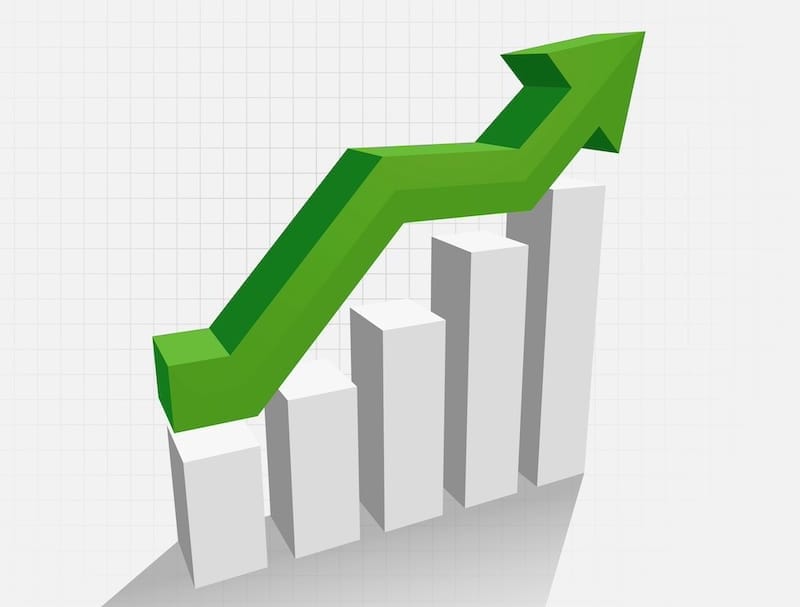The Complete Guide to Leveraging Debt for Real Estate

Photo by Bailey Anselme on Unsplash
What is leverage in real estate?
Leverage in real estate is the act of borrowing money to buy property. This can potentially increase the amount of property you are able to buy and generate higher returns and long term wealth. With leverage, the real estate investor takes on debt while making a down payment to buy a larger property or even to buy multiple properties by spreading capital as a down payment across multiple properties.
For example, instead of paying the full purchase price of a property upfront, an investor might use a mortgage to cover a significant portion, allowing them to invest their capital in other opportunities simultaneously. While leverage can enhance profitability, it also increases financial risk, as the investor is obligated to repay the borrowed funds regardless of the property's performance.
Investors can also buy property with all cash down and no debt. This will require them to have enough cash to buy the entire property themselves or necessitate buying a less expensive property.
How can I use debt to buy real estate?
Using debt to buy real estate involves strategically securing financing to purchase properties without exhausting personal capital.
Investors can obtain traditional mortgages from banks or credit unions, which typically require a down payment and offer various interest rates and terms. Alternative financing options include private loans, hard money loans, or seller financing, each with different conditions and flexibility to suit specific investment needs.
Additionally, leveraging existing property equity through home equity loans or lines of credit can provide funds for acquiring new investments. Successful use of debt in real estate requires careful assessment of cash flow, understanding of loan terms, and a solid repayment plan to ensure that the borrowed money enhances investment returns without overextending financial obligations.
Good Debt vs Bad Debt
Generally debt taken on for real estate investing is considered ‘Good Debt’, since this is used to achieve a higher asset value or a better financial position. Good debt typically includes real estate debt, mortgages and student loans. All of these debts, if used wisely, can build wealth for the future. Good debt usually appreciates in value and/ or generates cash flows.
In contrast credit card loans, payday loans and even auto loans are classified as bad debt. These types of debt usually do not create wealth and on the contrary they tend to make one’s financial position significantly worse. With these debts, assets tend to depreciate instead of appreciating. If you’re looking to avoid these pitfalls, check out our guide on 5 common money mistakes to avoid.
Leverage in real estate is considered good debt but can still be a double-edged sword. Therefore it is important to consider both the benefits and risks of this approach. You also need to run the numbers and model conservative scenarios to make sure that you will build benefit by taking on this debt and avoid risky situations.
Benefits of using leverage in real estate
- Ability to buy a higher value property or multiple properties
Using leverage can help you buy a more expensive property than you would be able to afford by doing all-cash real estate deals. This is because you are using other people’s money as debt to buy more real estate while putting a relatively smaller amount as down payment. However, despite putting in a smaller amount as down payment and financing the rest with debt, you can keep all of the gain in equity when the property appreciates. In other words, using debt to buy real estate can allow you to control a more expensive asset with less upfront capital.
Let us look at some numbers here:
Assume that you have $100,000 to invest in real estate and are considering whether to buy all-cash or use debt to buy more property. Assume that annual appreciation in property value is 6%. Let us look at how much the property is worth at the end of 5 years.
Scenario 1: All-cash:
Purchase Price = $100,000
Property value after 5 years at 6% annual growth = $134,010
Gain in property value = $34,010
Scenario 2: You use the $100,000 as 20% down payment to buy a $500,000 property
Purchase Price = $500,000
Property value after 5 years at 6% annual growth = $670,048
Gain in property value = $170,048
Important: The entire gain in property value belongs to you. Therefore, by using leverage, you are able to buy more expensive property and achieve a higher value of appreciation.
However, leverage comes with several disadvantages. You should not only be aware of these disadvantages, but also model conservative scenarios and make sure that the investment makes sense in risky situations, not just in best-case situations.
- Disadvantages of real estate leverage
Risk
During market downturns, real estate values drop. In such cases the mortgage balance can become higher than the property value. Thus taking on debt can be very risky in market downturns.
High mortgage and lower cash flows
When you take on debt, you have to make sure that your rental income can cover the mortgage payments, in addition to maintenance and other operating expenses. Taking on too much debt can reduce the cash flows from rental properties and sometimes even push cash flows into the negative if the rental income is not high enough. Be mindful of how inflation affects your interest payments, and consider the difference between nominal vs real interest rate when planning your cash flows.
In our example above, you can see that in the leveraged situation, the rent is higher on the more expensive property. Despite this, the cash flow from the leveraged property is lower than the cash flow from the all-cash property, due to mortgage payments.
How to reduce risk from leverage
Despite the risks, many investors still like to take on leverage to be able to afford real estate investing and build wealth. There are ways to minimize risks.
Past performance does not guarantee future results
It is prudent to factor in possible market downturns or slow growth in real estate markets. Do not always assume a bull market in real estate.
Be conservative in your rental income and expense assumptions
It is good to model optimistic, moderate and pessimistic scenarios while making real estate investments and taking on debt. Model lower income levels and higher expenses such as maintenance or renovations and remodeling. Remember to also factor in lower vacancy rates and see if your cash flows hold up even in such situations.
Planning for major life changes can also mitigate risk. If you’re thinking about expanding your family, see whether you’re financially prepared by reading Can I afford a child?.
Conclusion
Real estate leverage is a good strategy for building long term wealth but comes with some pitfalls such as higher risks in market downturns and lower cash flows due to mortgage expenses. Make sure to model different scenarios before making a decision to use debt to buy real estate property.
At Planwell, we are building a fully automated AI financial planner and advisor to help you make super personalized financial decisions such as how much house you can afford, while considering your lifestyle, retirement goals and other key factors.
We will be launching the product very soon. Stay tuned for an update. In the meantime, check out our blog posts to help you plan your finances.
- How Much House Can I Afford: Review our blog post on all the factors that determine your home affordability.
- How to calculate rental income: A complete guide for new landlords.
- House Hacking: The complete guide to house hacking.
- How to build a personal financial plan: Before you make a home purchase, make sure to build your personalized financial plan with our 10 step guide.
- How to Use AI Budget Calculators and Tools to Plan Your Finances: Take advantage of modern technology to plan your finances more effectively.
- How much home can I afford: Calculate home affordability using standard debt-to-income ratios and your own personal financial situation and lifestyle.
Related Posts
About
©2023 Planwell.io



